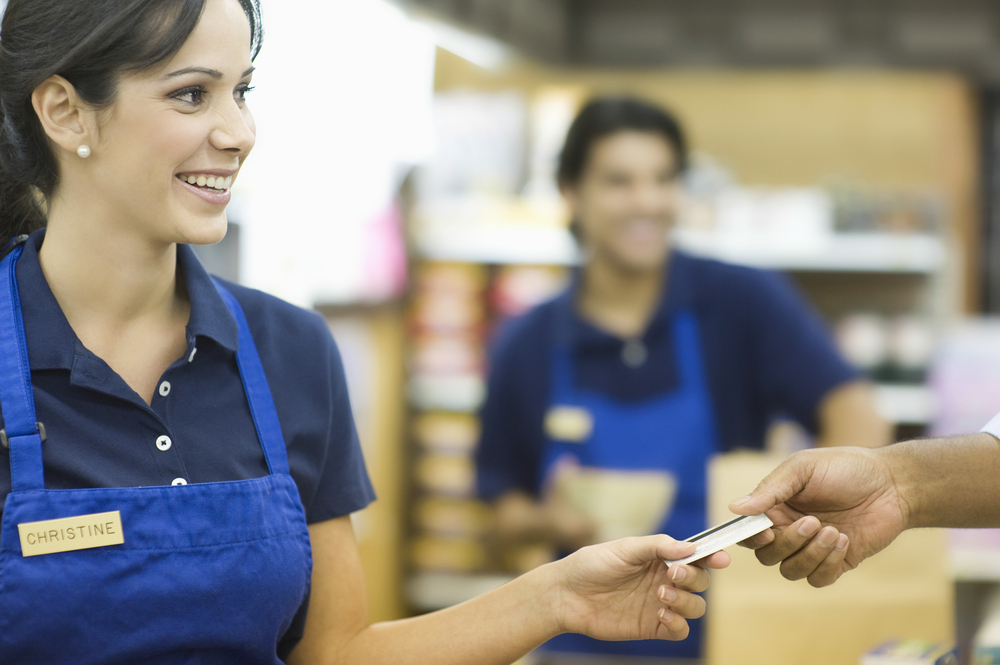In today’s competitive landscape, retaining employees on-site during meal hours is more than a matter of convenience — it’s a bottom-line strategy. Whether you’re running a corporate dining program, a healthcare cafeteria, or managing an office building cafeteria, keeping traffic in-house is critical. And the key to making that happen? Badge Pay.
Badge Pay — the ability for employees to make cashless purchases using their existing ID badge — is fast becoming the standard in workplace dining. As employers rethink amenities to boost productivity and culture, this technology is proving to be a game-changer. Here’s how it’s driving results.
1. Badge Pay Boosts In-House Dining by Reducing Friction
Speed and simplicity are essential. According to a 2023 report from Technomic, 73% of employees say they prefer fast, frictionless payment options when choosing where to dine during work hours. With Badge Pay, there’s no need to dig out wallets or open apps — employees just tap and go. This kind of seamless experience significantly reduces off-site dining temptations and supports repeat in-house visits.
2. Integrated Meal Subsidies Encourage Daily Use
Badge Pay enables employers to offer built-in perks like subsidized meals, loyalty points, or “free Friday” promos—all directly tied to the employee badge. A Cornell University study found that subsidizing on-site meals increased in-house dining traffic by 43% and improved employee satisfaction scores by over 20%. By making these benefits automatic and easy to redeem, companies effectively encourage staff to dine where the perks are.
3. Shorter Lines, Faster Service, Higher Throughput
For healthcare cafeterias and high-traffic corporate campuses, every minute counts. Badge Pay eliminates cash handling and speeds up transactions, which reduces average wait times by up to 30%, according to industry research from the National Restaurant Association. Faster lines mean more meals served and less reason for employees to seek faster options off-site.
4. Actionable Data for Smarter Menus and Promotions
With Badge Pay systems, dining operators gain real-time access to customer behavior — what’s being ordered, when, and how often. This data allows foodservice teams to optimize menu offerings, reduce food waste, and personalize promotions. In one case study from Aramark, cafeterias using integrated payment data saw a 15% increase in repeat visits within the first three months.
5. Stronger Campus Culture Through Connected Experiences
When employees use the same badge for building access, printing, and paying for food, the entire workday becomes more integrated. This reinforces a cohesive workplace identity and makes the on-site experience feel modern and thoughtfully designed. In hybrid or return-to-office environments, these small touches make a big difference in encouraging on-site engagement.
Why It Matters
With delivery apps and fast-casual competitors just a few clicks away, keeping employees on campus requires more than a decent menu — it demands a smarter dining experience. Badge Pay delivers on that promise by blending convenience, value, and culture into a single tap.
Whether you’re operating a corporate dining hall, healthcare foodservice, or a multi-tenant office building cafeteria, implementing Badge Pay could be the upgrade that turns a good dining program into a great one.
Interested in seeing how Badge Pay could work in your building?
Reach out to Volanté at 1.877.490.6333 ext. 3.




